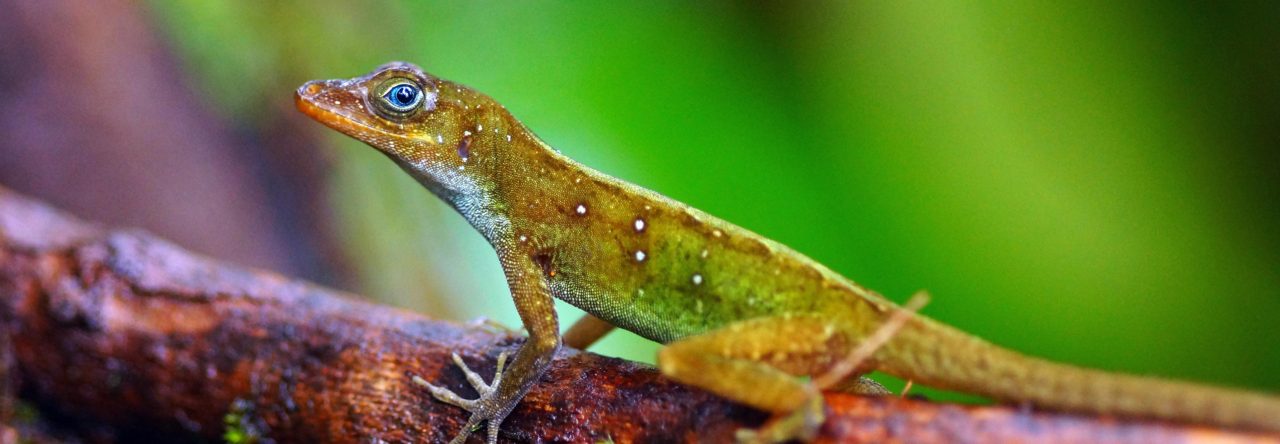From Danielle Steel’s latest romance novel:
“We have not far to go, indeed, to find our bi-colored masquerader; see the emerald-clad scamp as he eyes you from the brawny limb of the pecan, under which you stand. But what is he up to! You quietly watch him, and his employment seems to be of such a nature that he soon completely ignores you, and proceeds with it at all risks, and at all costs. The mystery is soon solved, and we can readily appreciate this agitation, this bowing and strutting, and all manner of quaint motions, as if the very last drop of his quaint lacertilian blood was on fire—for coyishly, and with all due deference, reclines before his lordship, his chosen mate, exerting all her chameleonic powers to hide her blushes by vain endeavors to match the colored pattern at her command. He can withstand her charms no longer, and for the moment, laying aside all dignity, and the object of his affections not unwillingly submitting, in the next instant finds herself in the passionate embraces of her lord, who, to make sure that he has actually won his coveted prize, winds about her lithe form, perhaps in some mystic love-knot, his entire caudal extremity, and blinds her eyes, first on one side and then on the other, by extension of the flaming ornament at his throat.”
Ok, you can’t actually find this on the bookstand at the local grocery store. Rather, it’s from a paper by a captain in the U.S. Army Medical Corps, R.W. Shufeldt, published in the American Naturalist in 1883. Romantic interludes notwithstanding, the paper presents a remarkably accurate and detailed report of the natural history of A. carolinensis (in which he referred to the green anole as the American chameleon, Anolis principalis).









